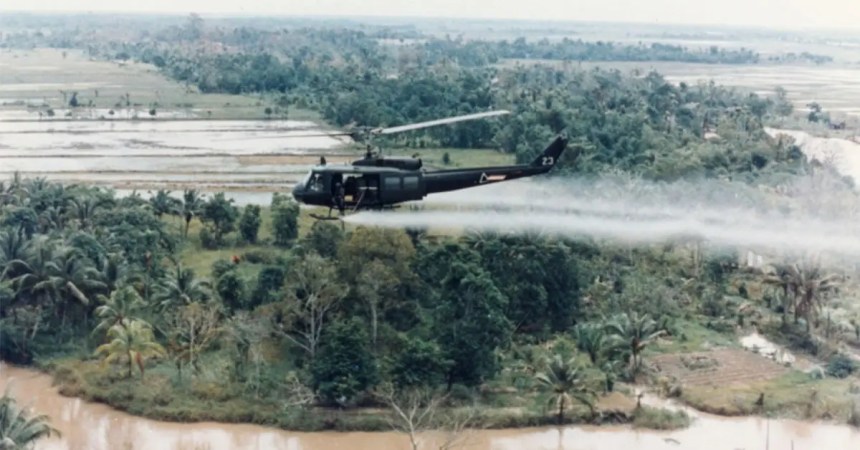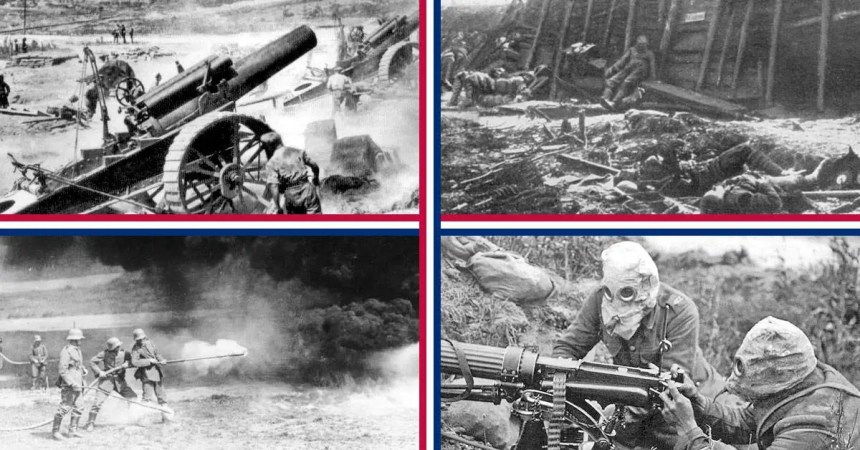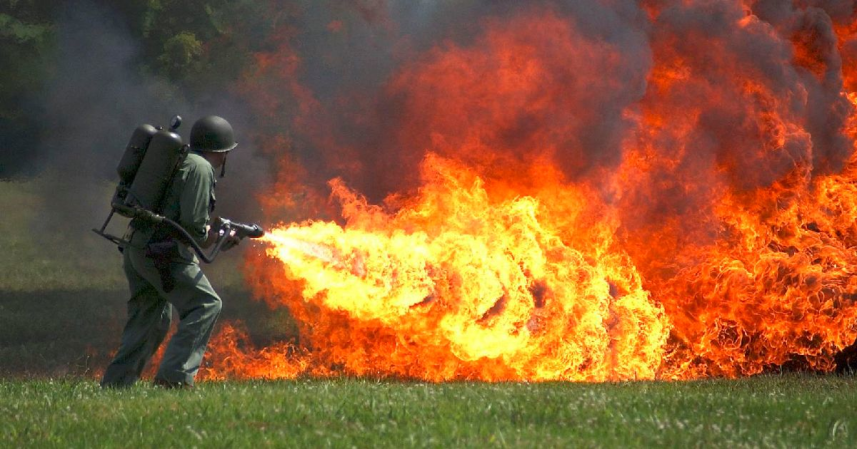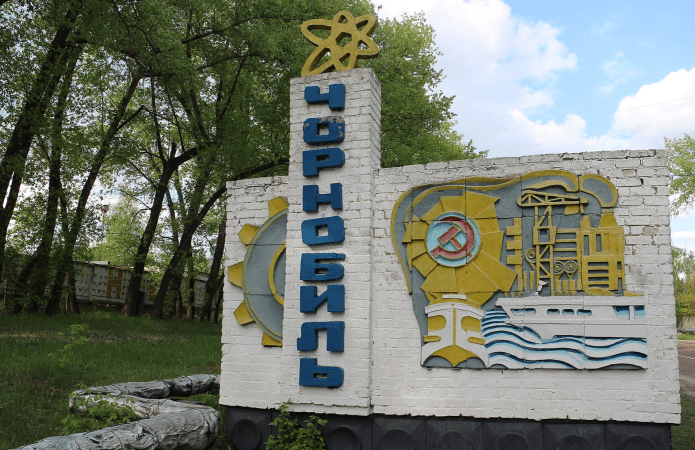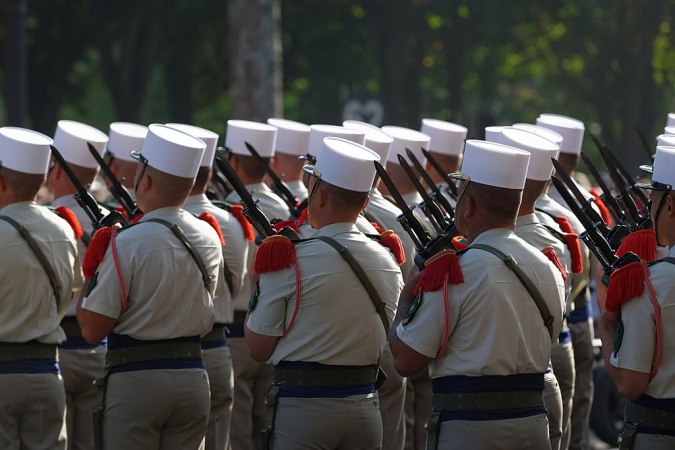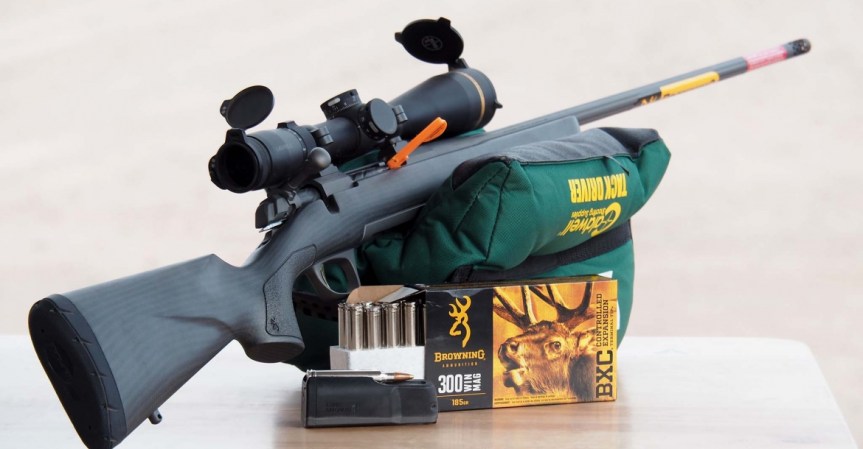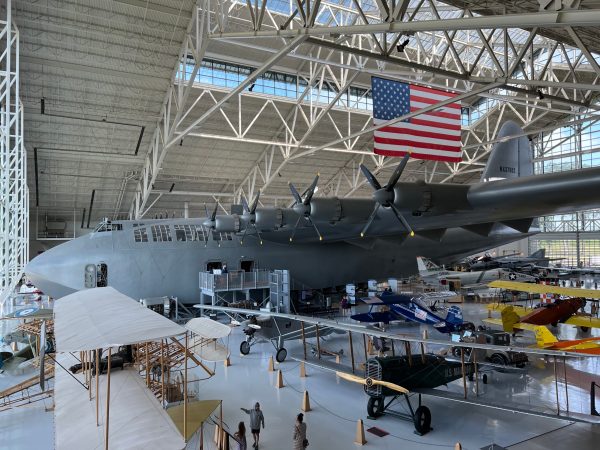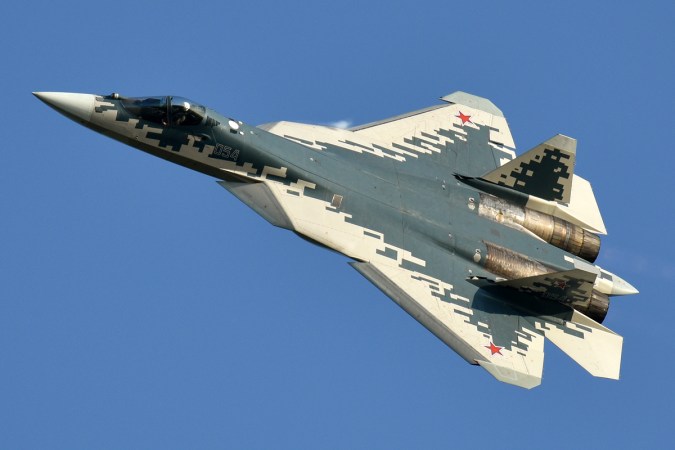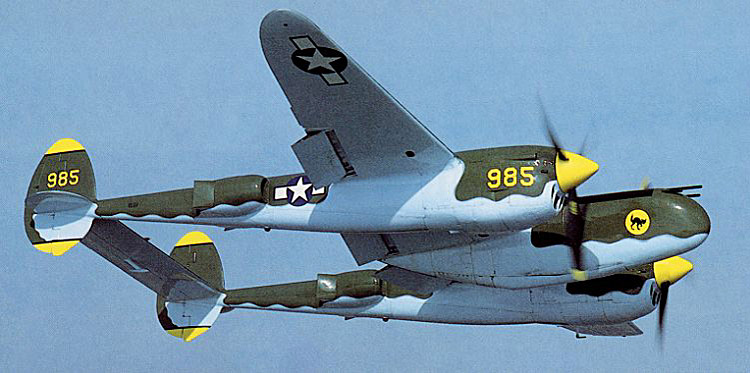Rifles, grenades, and bayonets are just some of the weapons ground troops used while fighting in the trenches of World War I. However, there’s one weapon that’s often overlooked by history, even though its use was extremely important — especially in the close-quarters combat typical of The Great War. That is the trench club.
In the event that one force decided to raid their enemy’s trench, oftentimes, their bolt-action rifles were rendered near ineffective, as each shot was followed by spending precious seconds reloading. Similarly, stabbing a man with a bayonet requires that, before engaging another enemy, you must first withdraw the blade from the bad guy’s flesh. Every single moment matters when you’ve closed in on the enemy, and regaining a firm grip on your bayonet may take too long.
So, troops grabbed old pieces of wood and converted them into weapons. The various types of trench clubs used in World War I hearken back to when brave Knights once fought with them on medieval battlefields.
Here are 4 things you didn’t know about trench clubs

1. They would commonly see use in night raids
In the black of night, troops would crawl across the dangerous area between friendly and enemy fortifications known as “no man’s land” and navigate through the enemy’s trenches, quietly clubbing their opposers without raising alarm.
Sneaky.
2. Size does matter
Reportedly, a medium-sized club worked best within the confined spaces typical of trench warfare. The average club was approximately 40-centimeters long, which is, basically, the length of a standard classroom ruler plus 3 inches.

3. They were made right there on the frontline
Trench clubs weren’t standard issue, so troops would gather materials found in the trenches and either put them together themselves or have unit’s carpenter do it. Nails, the shell of a Mills’ bomb, and a variety metal components were affixed the clubs, usually in mass quantities, to increase lethality.

See the club on the bottom? Yeah, that’s the spring club.
4. The most famous type of club was the…
…spring club.
This club was made up of a leather handle, a flexible metal coil as the base, and a metal head. Various other heads, like smalls metals balls and star-shaped blades, were also affixed to clubs.

Check out Simple History‘s video below to get an animated look on the major impact trench clubs had on World War I.



